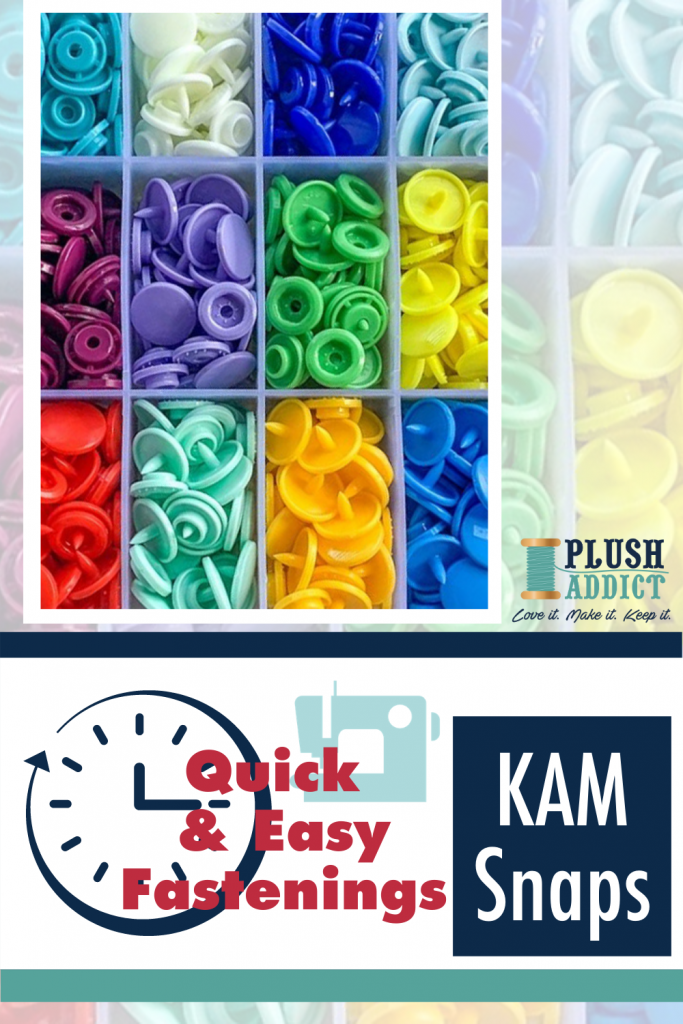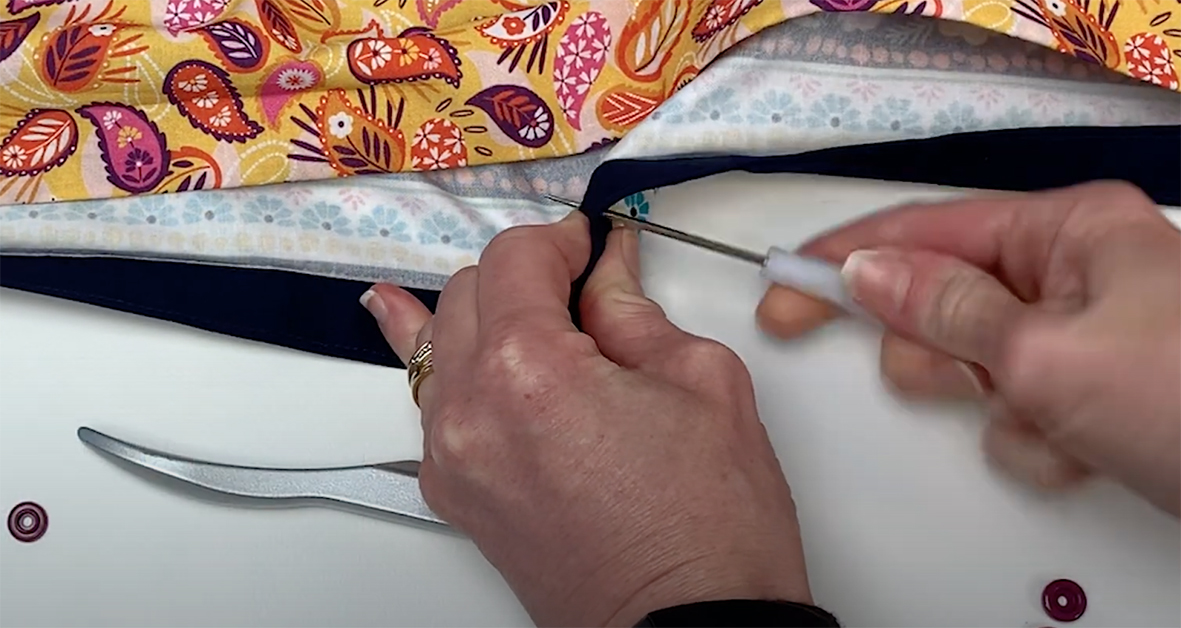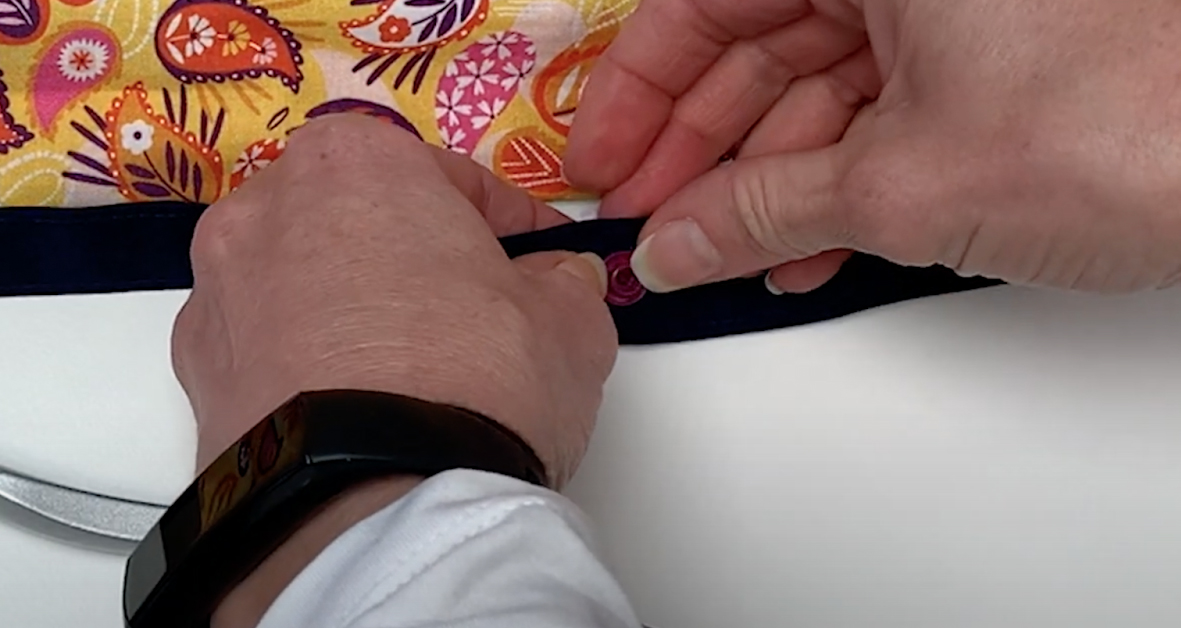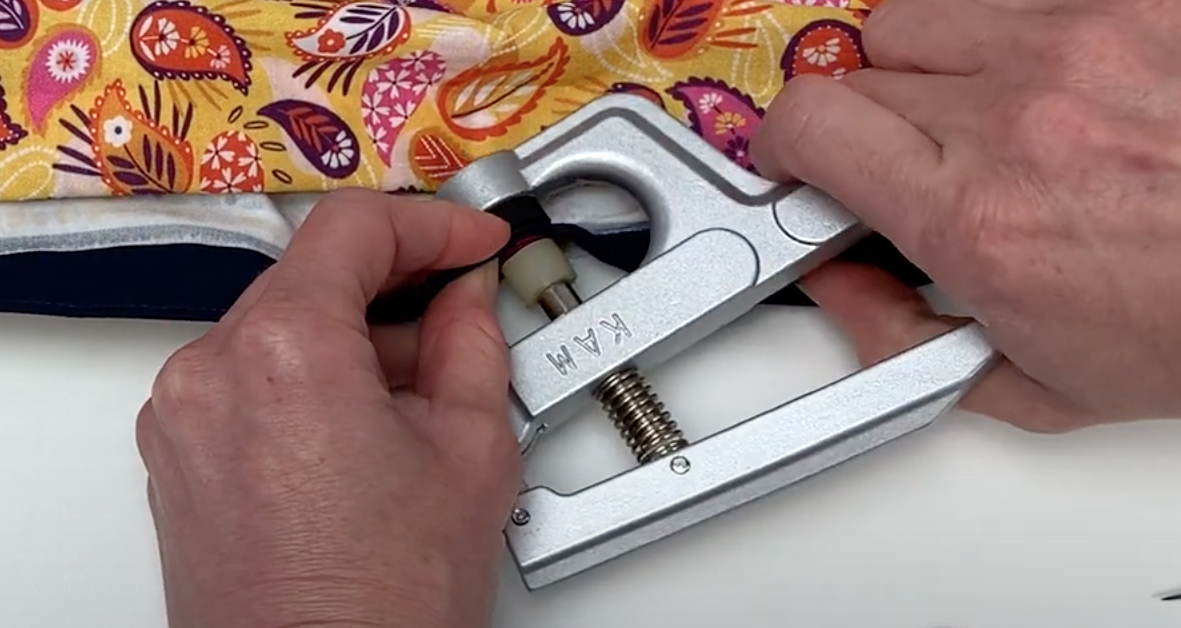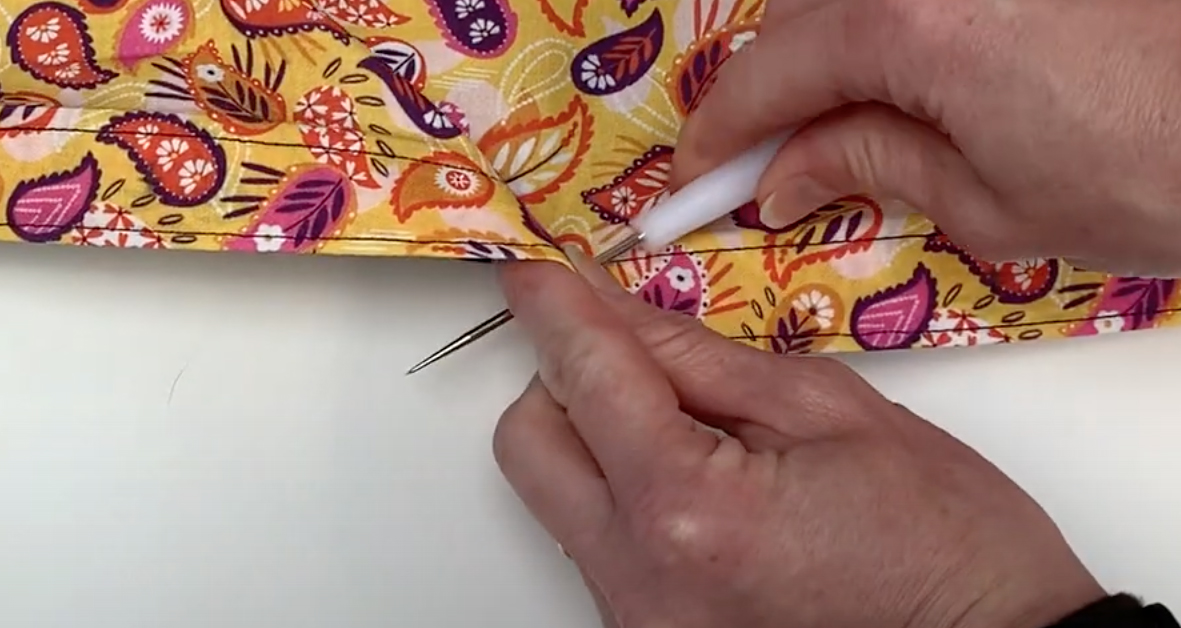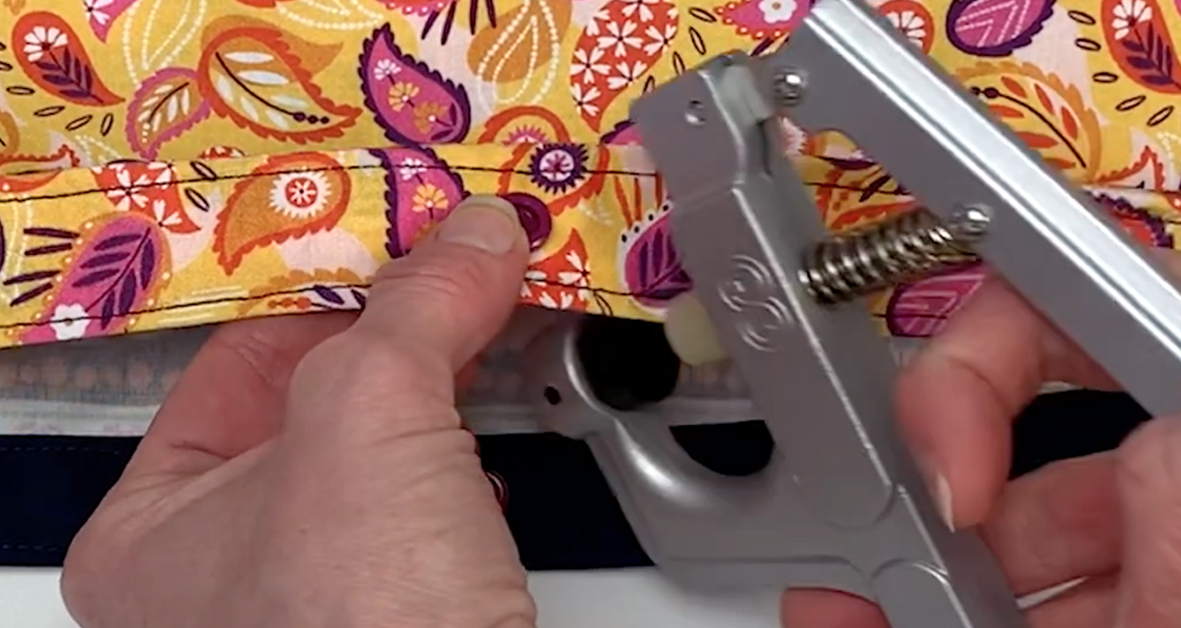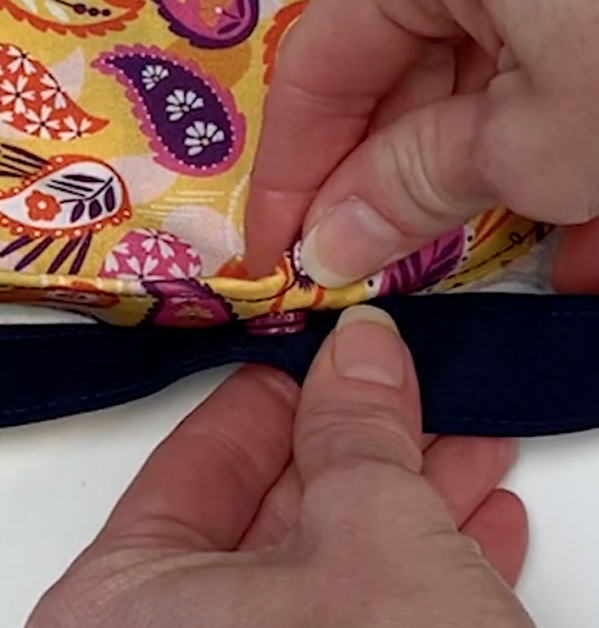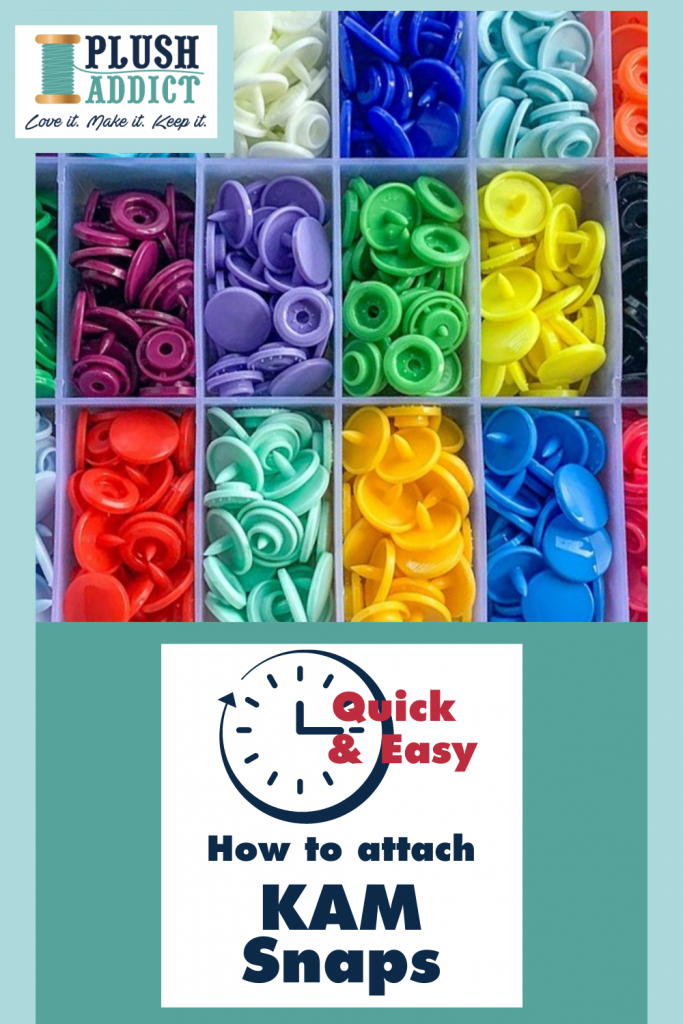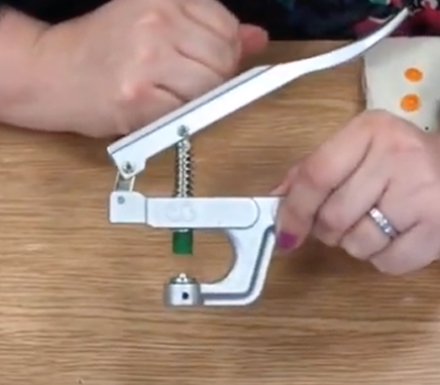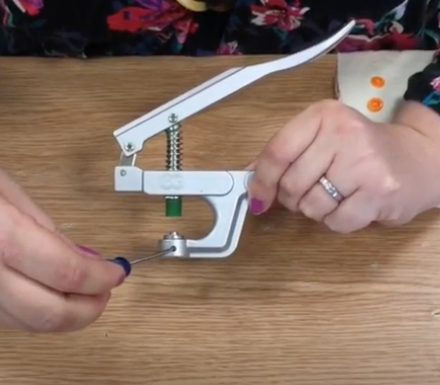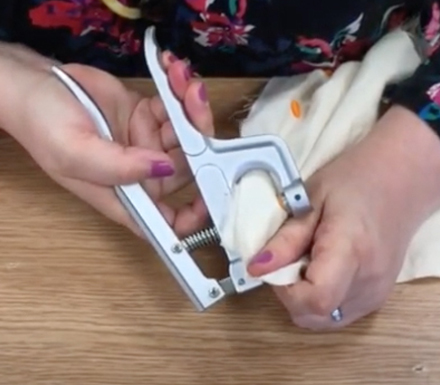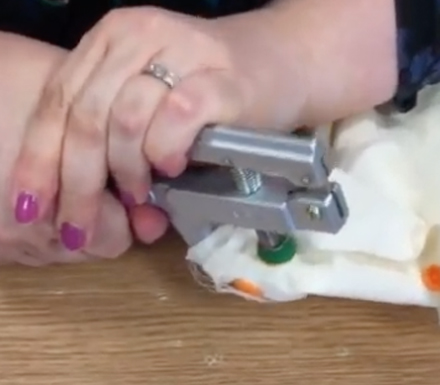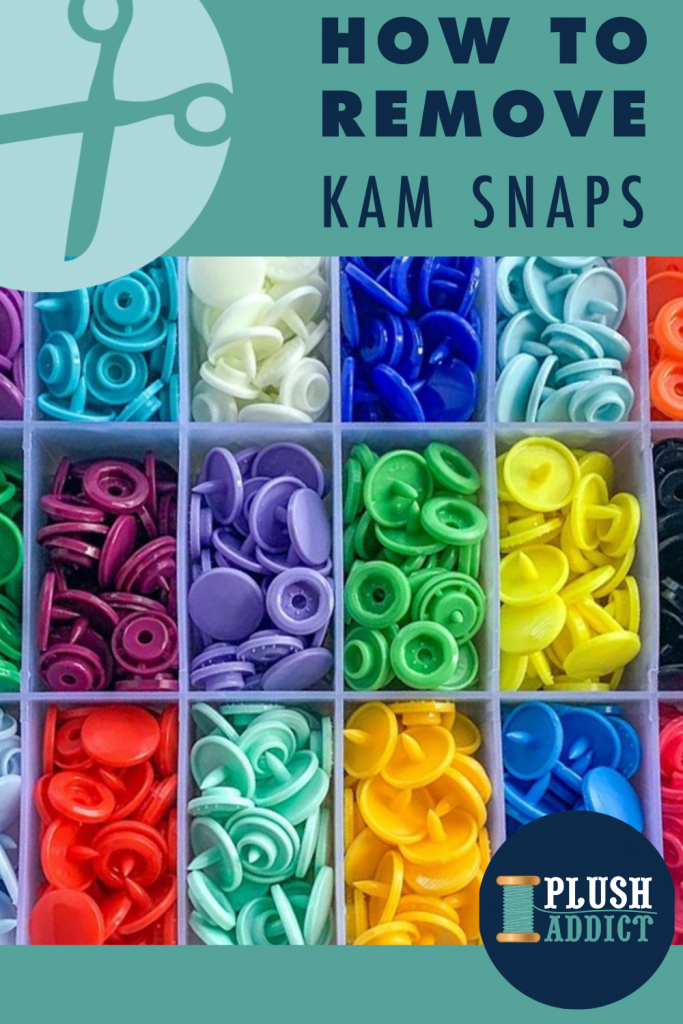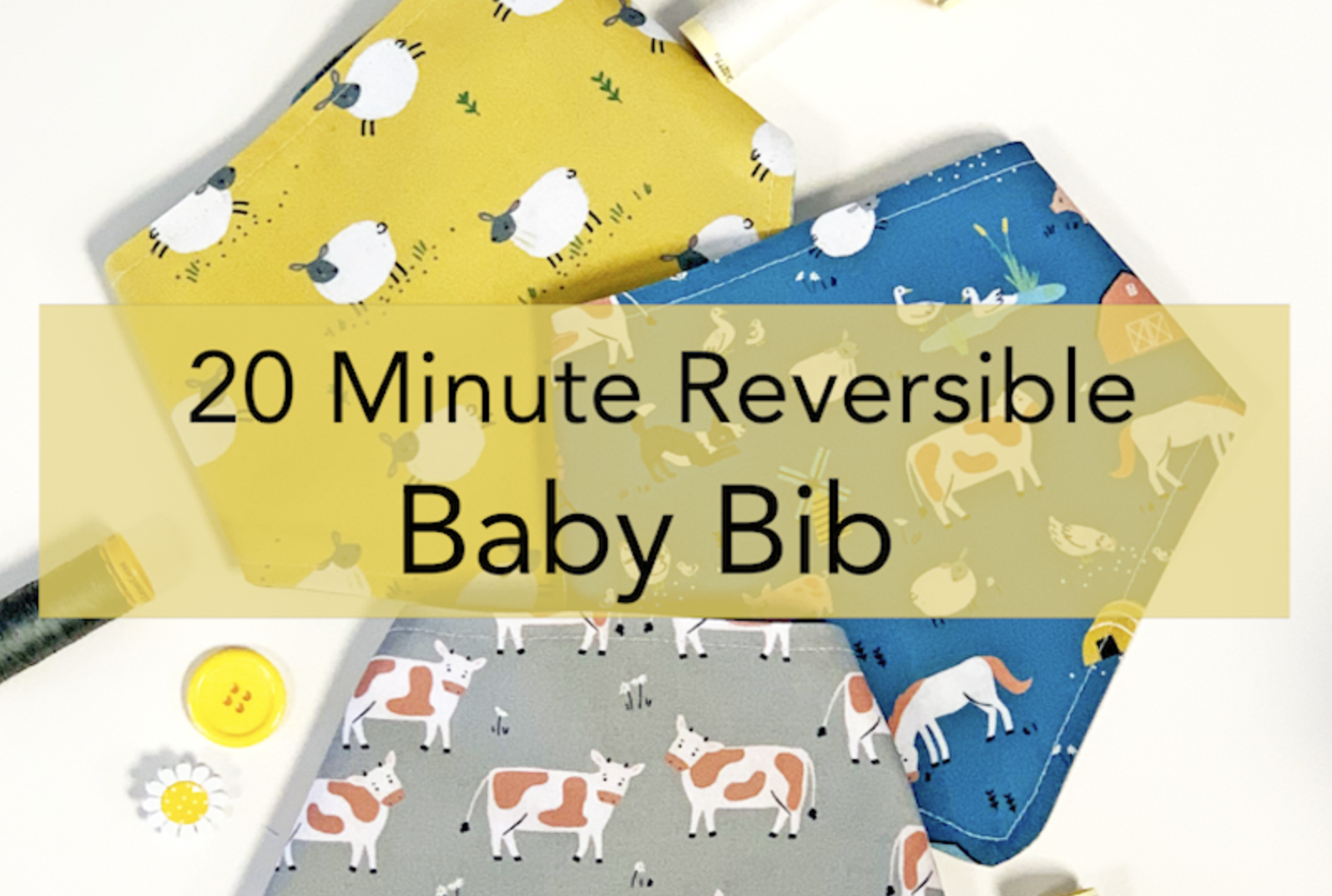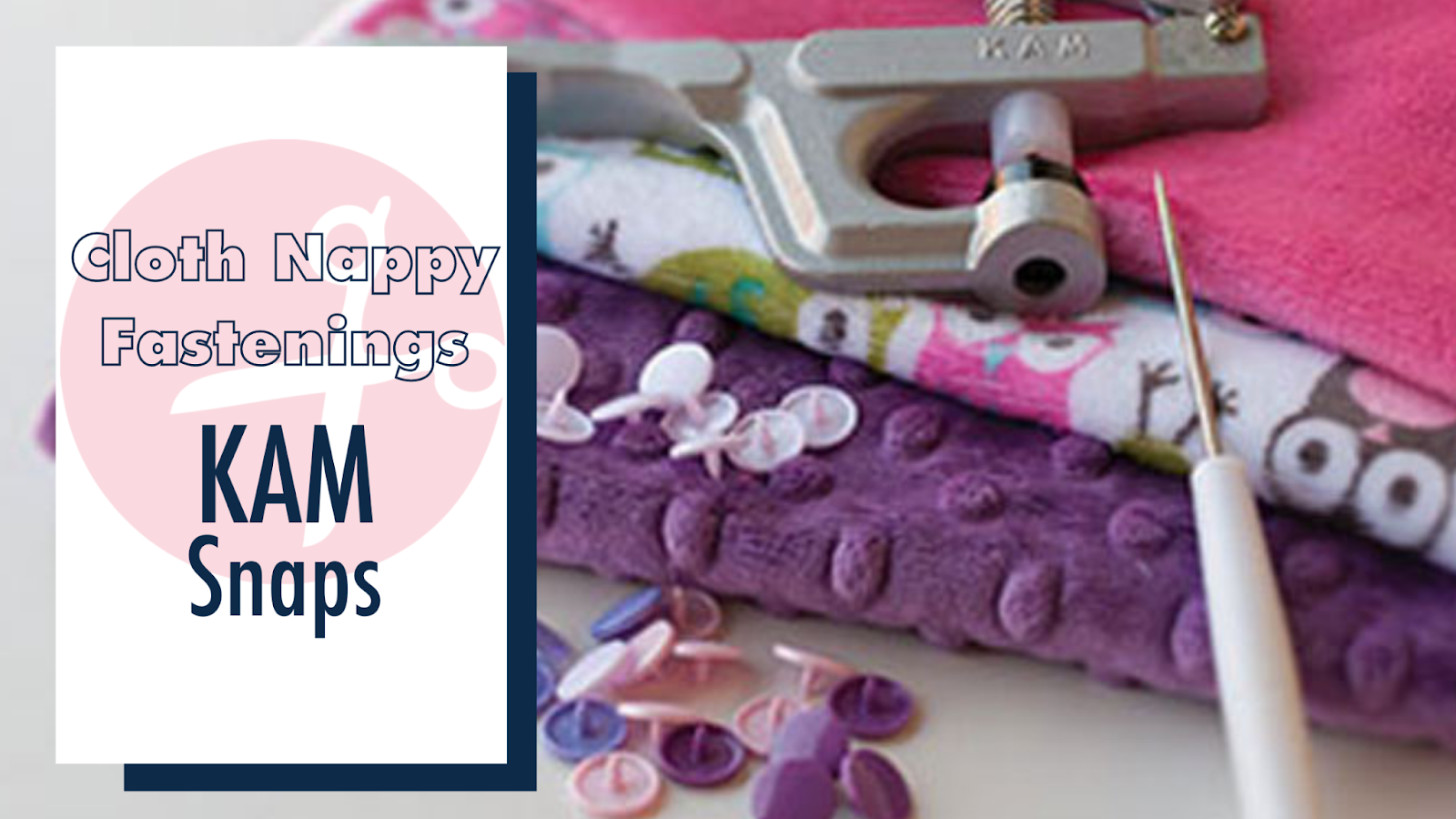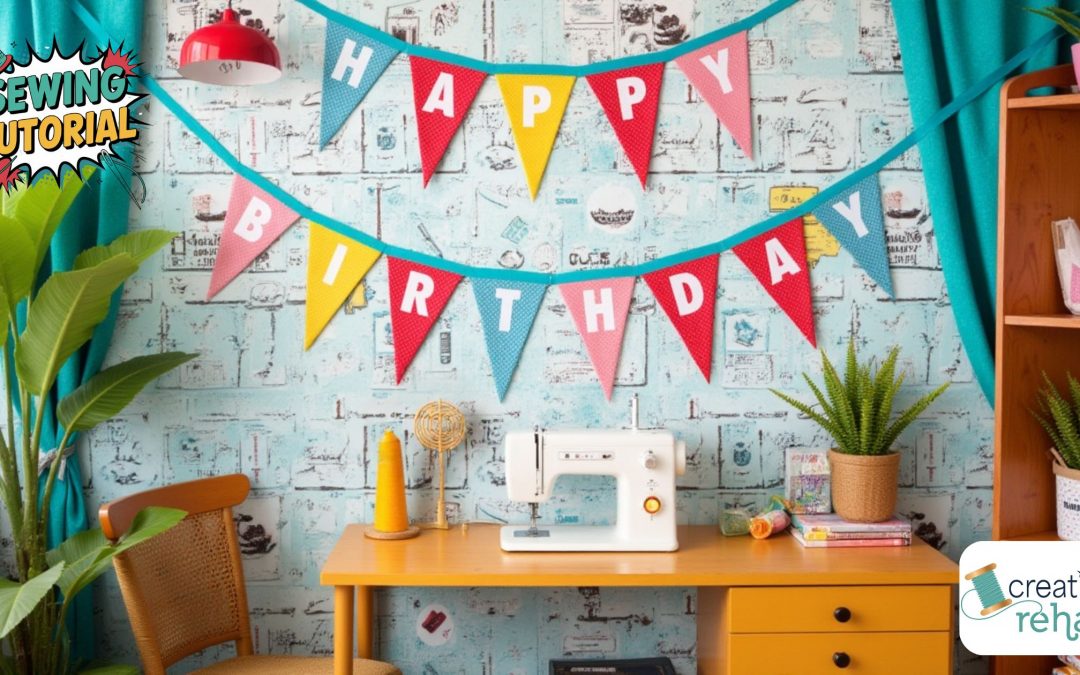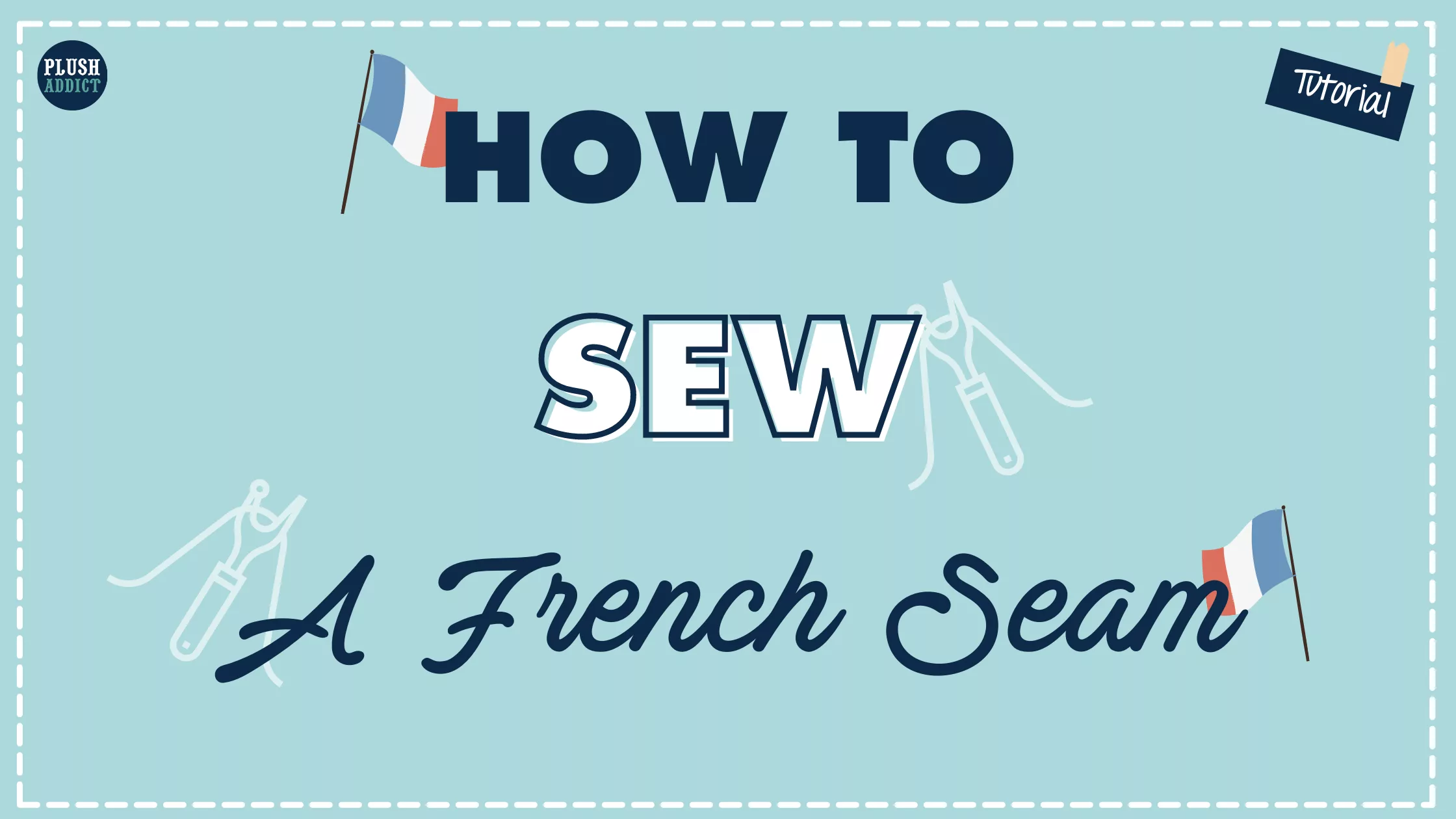
What is Vlieseline Decovil Interlining?
Have you heard of Vlieseline Decovil? Wondering what this interlining can be used for? Our product guide will explain what Decovil Interlining is, how to apply it, and what projects it’s best suited for.
Vlieseline have a HUGE range of interlinings & interfacings that can add structure to your projects (you can explore the full range of Vlieseline products in our online haberdashery here) .
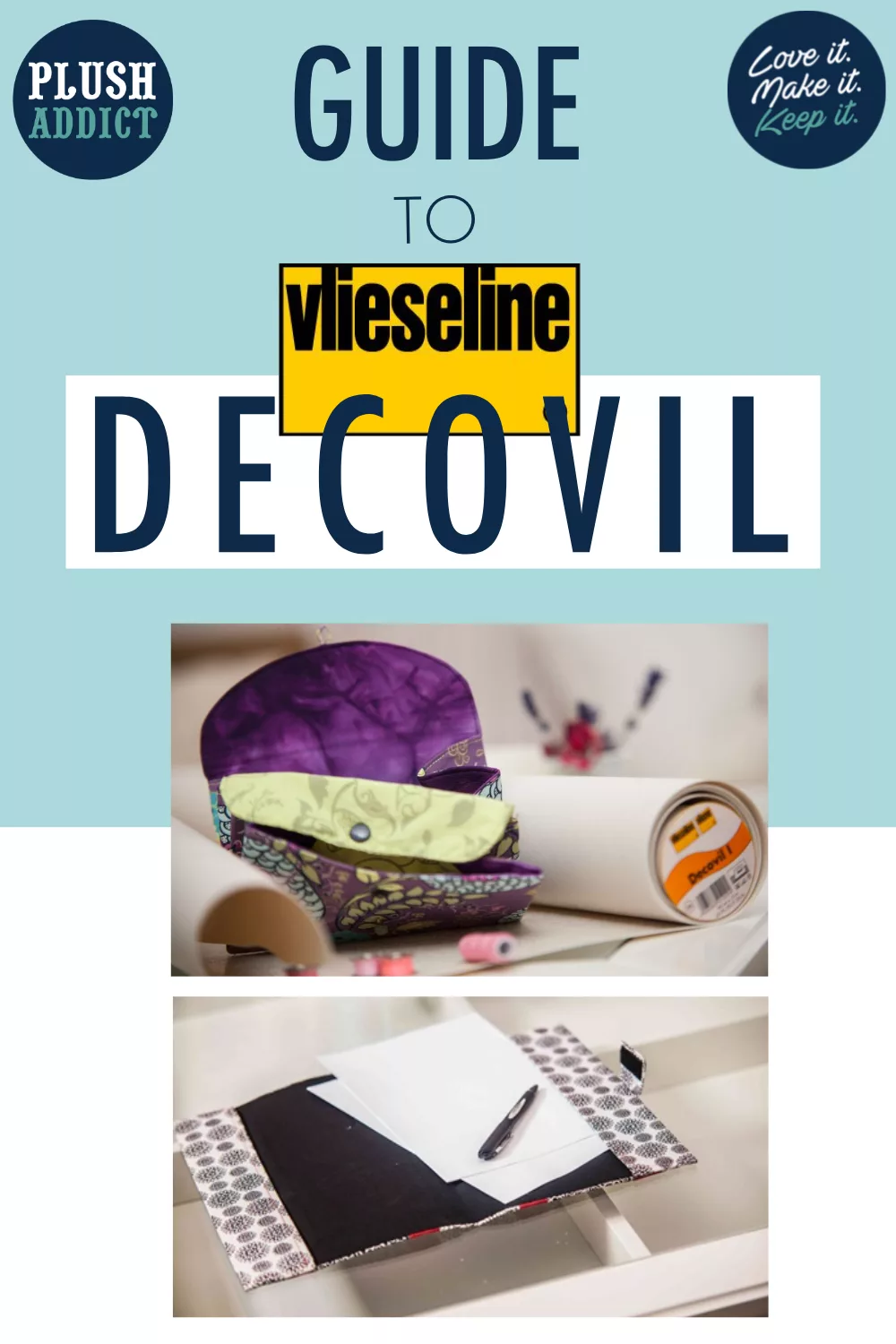
Say hello to Vlieseline Decovil!
Decovil is part of the Vlieseline Creative Range and it’s an interlining which adds amazing structure & strength to projects, whilst keeping your project light, pliable & crisp.
It feels like leather to the touch, but it has the added bonus that it’s easier to sew than leather – happy days!
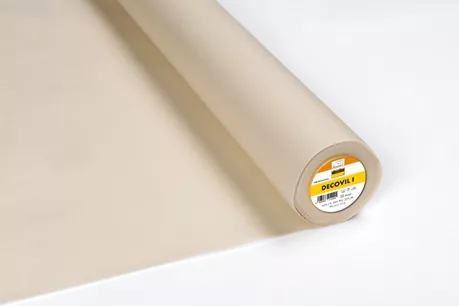
Decovil Interlining
One side of Decovil is shiny and the other side is matt. The shiny side is adhesive and can be adhered onto fabric using an iron & a damp cloth – this is super handy so you don’t have to sew in the Decovil to your fabric.
Decovil is available in 2 weight options
Decovil I is the “original” Decovil interfacing- it’s thicker and heavier. Great for things like bag bottoms, storage boxes, zipper pouches etc…
Decovil Light, as the name suggests, is a lighter weight & thinner version of the original Decovil. It’s also softer.
Which to choose? Depending on your project and desired outcome but if, for example, you were making a bag you might choose to use Decovil I for the main body of your bag but for the bag handles choose Decovil I Light because you have a lot of layers to sew through.
Check out this little video which will hopefully give you an idea about how Decovil handles and moves
Never miss a guide or tutorial
Click to join our mailing list!
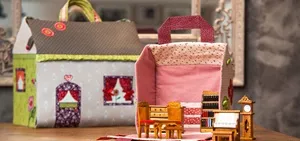
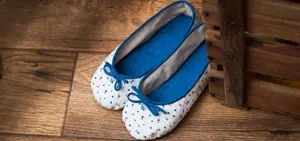
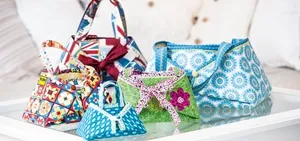
The Benefits of Decovil Interlining
We’re a little bit in love with Decovil here at Plush Addict! Here’s some reasons why
- It’s resistant to tearing and bending
- Decovil gives structure
- Gives a smooth, sleek finish
- It’s Easy to shape
- Decovil doesn’t crease easily – and if it does, it’s easy to restore
- Helps reduce fraying
- Adds durability to your project
- Decovil can be pierced
- It sews easily
- Has a fusible coating on one side
- It’s washable at 30 degrees
Check out our The Ultimate Vlieseline At-A-Glance Guide for more info on Vliseline’s Interfacings
When To Use Decovil
Decovil is really versatile but to give you an idea, you can use it in projects such as
- Placemats
- Bags
- Belts
- Book & Notebook Covers
- Zipper Pouches
- Hats
- Interior decorations
- Small baskets
Decovil also makes a great alternative to wadding if you’re making placemats and gives a smooth and sleek look to the finished item. Check out our video:
Check out the suggestions on the Vlieseline site below for some free projects using Decovil
How to apply Decovil
It’s a cinch! Applying Decovil will be familiar – it’s very similar to applying other types of interlining and interfacing:
- Spread a smooth surfaced tea towel/ spare length of cotton over an ironing board
- Place your outer fabric right side down
- Position the Decovil shiny side down so it is on top of the wrong side of your fabric
- Cover with a damp cloth and press for roughly 6 seconds
- Allow the adhesive to cool and cure for a minimum of 30 minutes to allow the adhesive to stick properly
Grab a cheeky 10% discount on your next Decovil purchase with DECOVIL10. One time use per customer.
Projects Ideas Using Decovil
Check out our Free notebook project which uses Decovil here
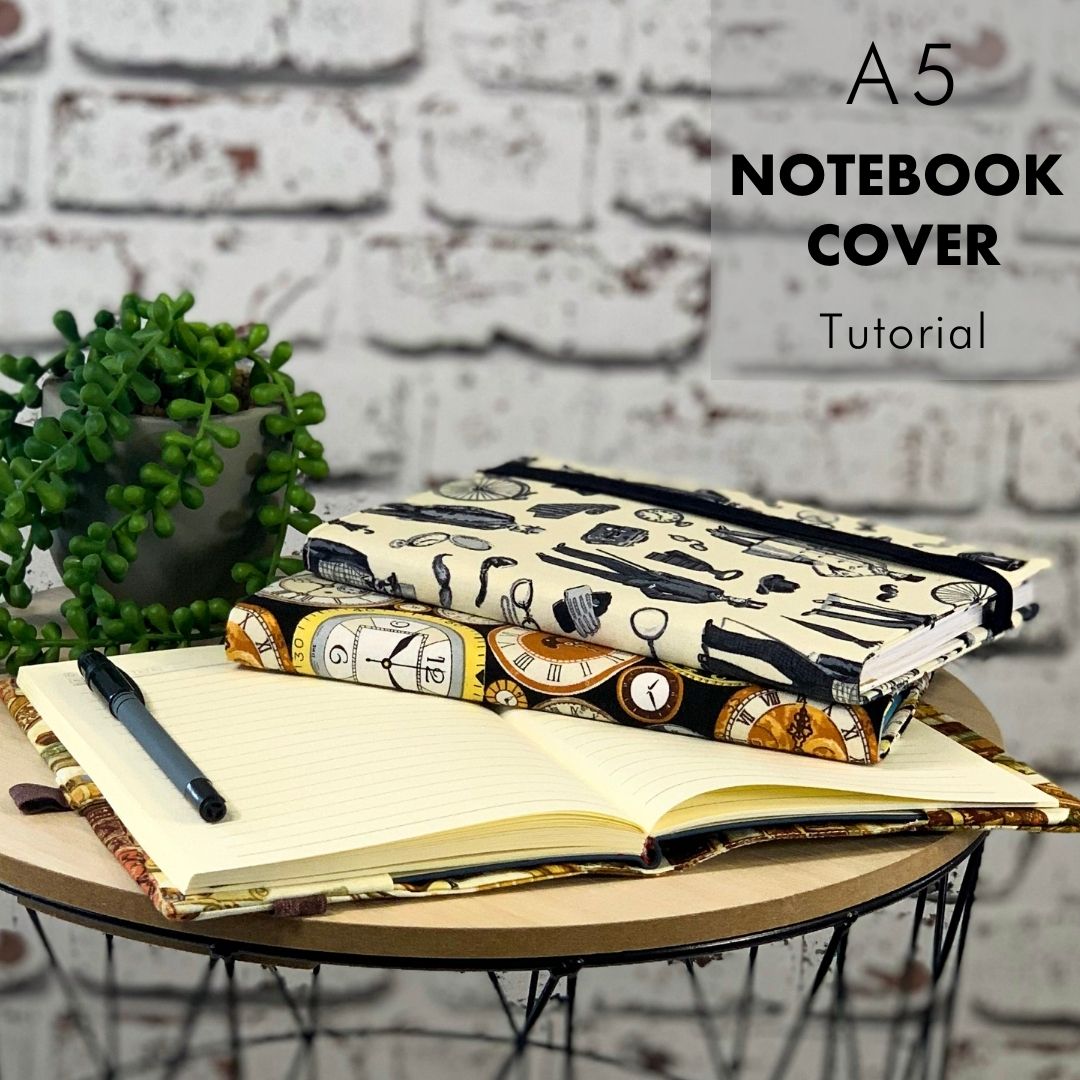
The Vlieseline Blog has some fab & FREE tutorials using the Decovil range.
Have a nosy at:
On The Go Multi Bag free project using Decovil from Vlieseline
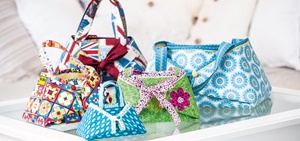
Slippers free project using Decovil from Vlieseline


Clam Shell Wedding Favours free project using Decovil from Vlieseline
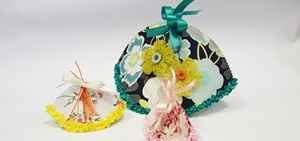
Other Useful Info About Vlieseline Decovil
If you’re not planning on laundering your project, Decovil can be painted! Use watered down acrylic paint and be sure to paint on the matt side
Decovil can also be painted using fabric dye on the adhesive (shiny) side. Watch out here though – the nature of the fibres may well cause dye to spread from the point where it is applied. Make sure you test before hand…
Want to try Decovil for the first time?
Grab a cheeky 10% discount on your next Decovil purchase with DECOVIL10. One time use per customer.
PIN ME FOR LATER!












